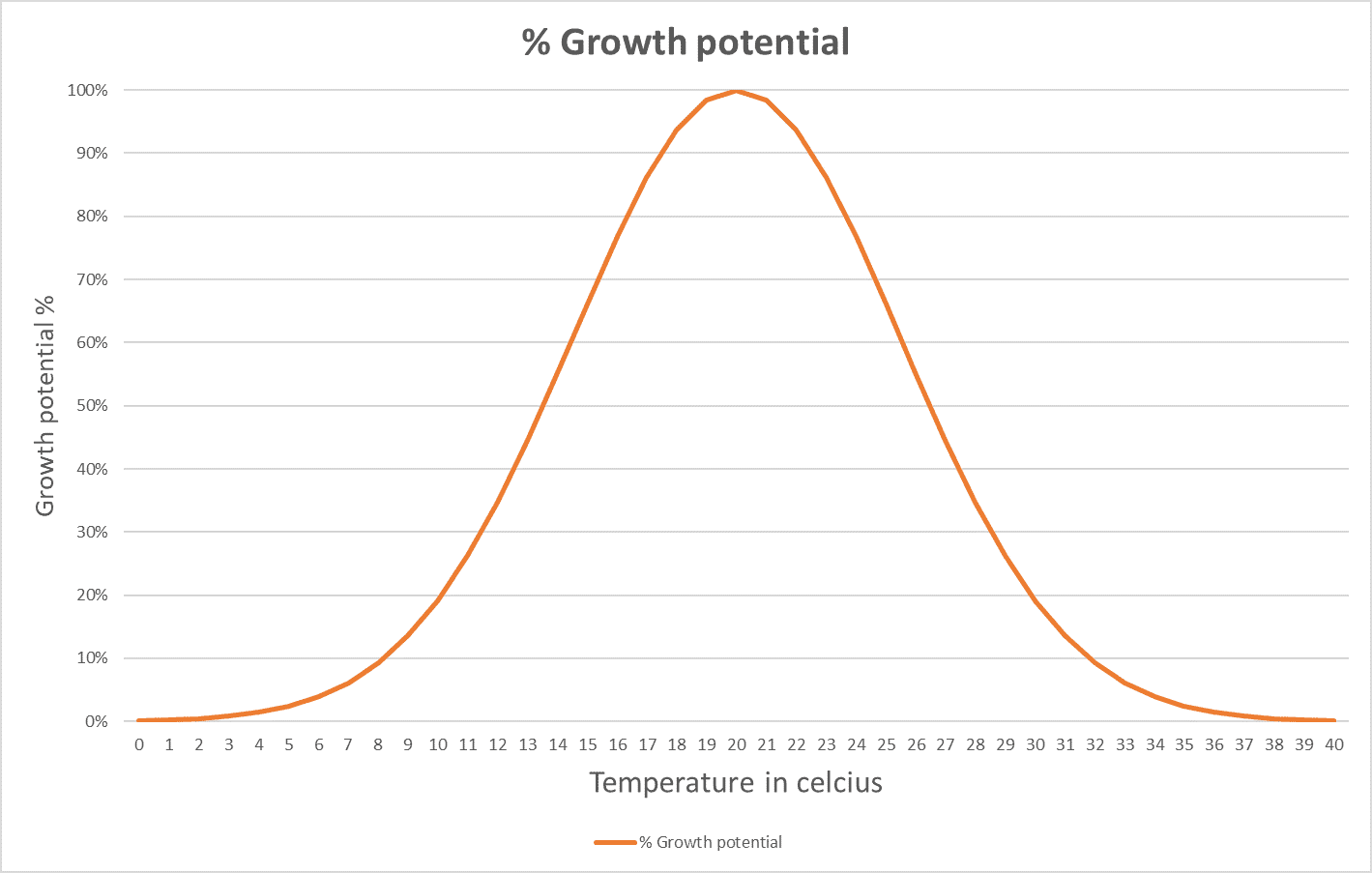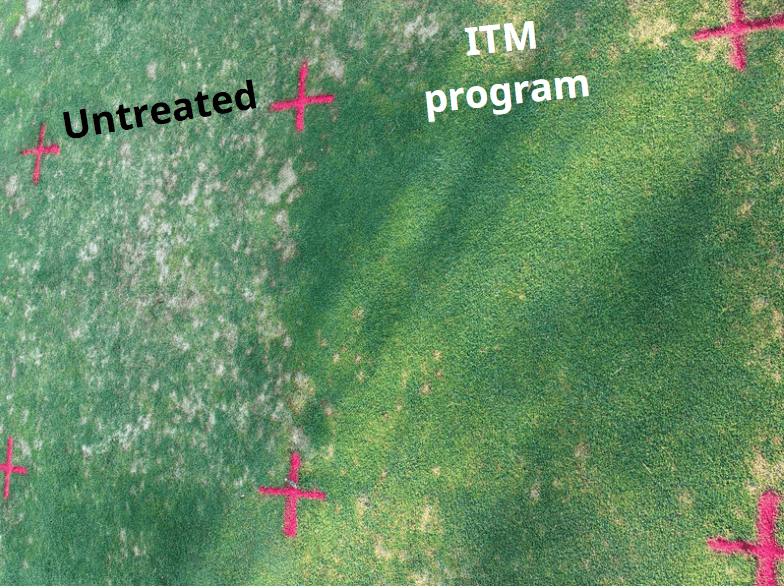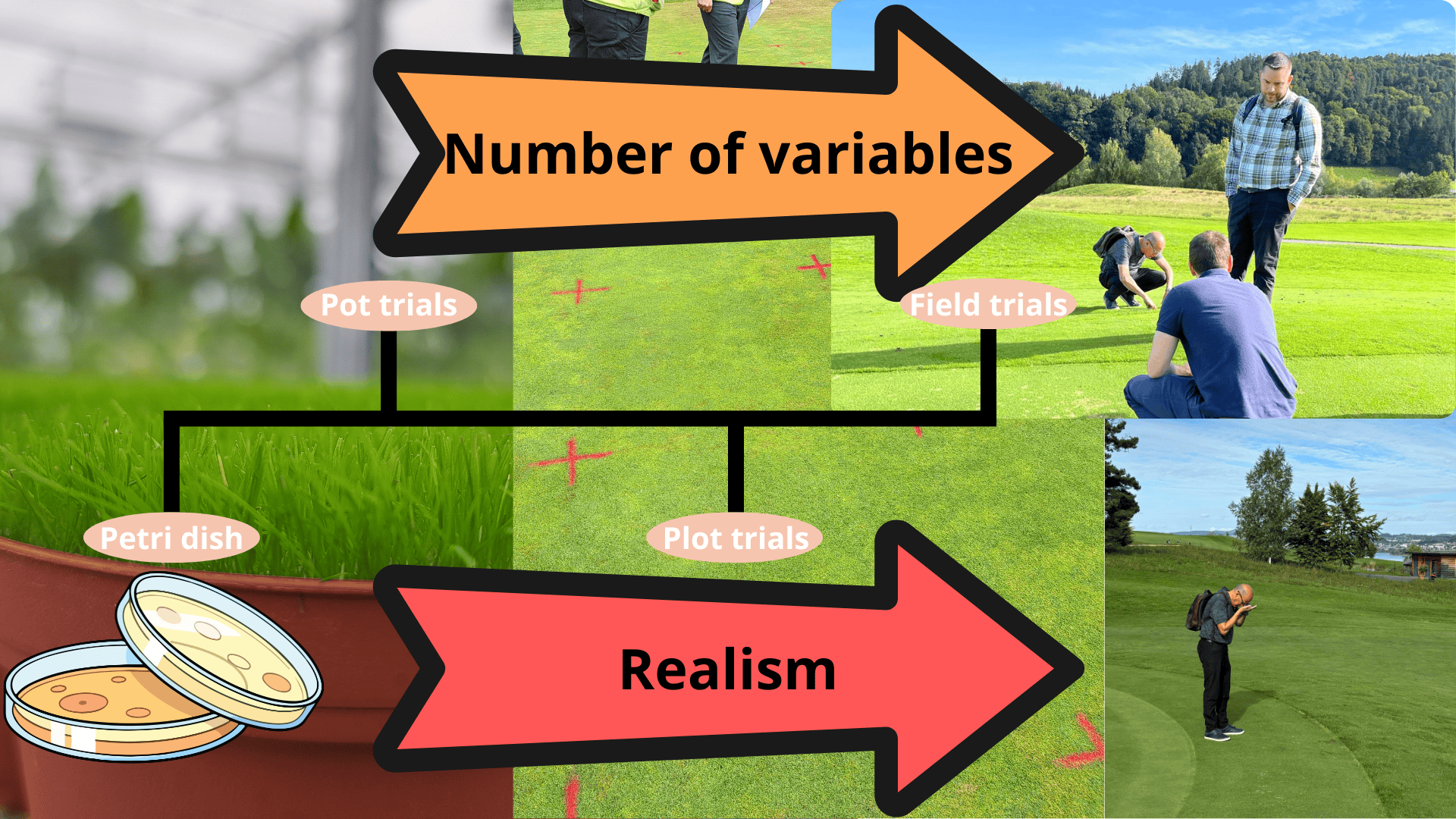Understanding Turf Growth: A Dive into Growth Potential and Growth Degree Days
In the quest to optimise turf management, professionals often debate the merits of Growth Potential (GP) Vs Growth Degree Days (GDD) as metrics for predicting turf growth.
This discussion aims to clarify these concepts and their applications, helping turf managers make informed decisions.
Growth Potential (GP): A More Comprehensive Metric
Growth Potential is a mathematical model that predicts turf growth based on average temperature.
The equation used to calculate GP is:
=2.71828^(-0.5*((Average temperature – 20)/5.5)^2)
This formula helps determine when turf starts growing, reaches its peak, and when heat stress begins to limit growth.
Unlike GDD, GP accounts for high temperatures, making it a more reliable metric for assessing turf growth under varying temperature ranges.
For those with years of GDD data, converting to GP is a straightforward operation as both metrics are based on a daily average temperature.
Growth Degree Days (GDD): A Tool for Application Intervals
Growth Degree Days, with a base temperature of 6°C, has traditionally been used to track grass growth.
However, its effectiveness is compromised by heat stress, making it less ideal for measuring growth at higher temperatures.
Despite this, GDD remains a valuable model for tracking product degradation and determining application intervals, provided the base temperature is adjusted to 0°C.
This adjustment accounts for continued degradation even when grass growth has halted.
Both models (0 & 6) are available in Turf Advisor.
Choosing the Right Metric
Ultimately, GP is recommended for measuring grass growth due to its ability to incorporate heat stress factors.
Conversely, GDD is better suited for managing application intervals.
For turf managers seeking to optimise growth predictions, GP offers a more nuanced understanding of turf behaviour across temperature ranges.
Meanwhile, GDD serves as a reliable tool for scheduling PGR applications.
These insights can guide turf management strategies, guiding maintenance programmes and getting us closer to healthier and more resilient turf.




